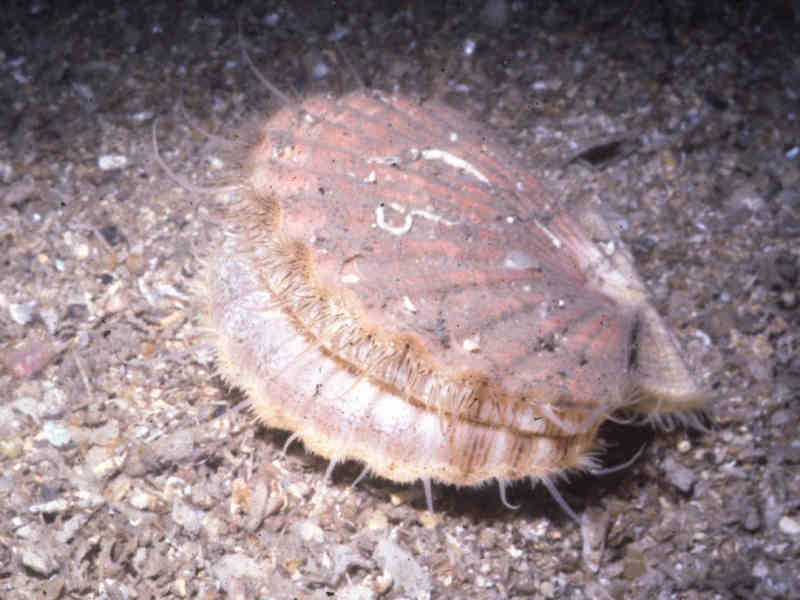
| Room: | |
|---|---|
| Phone: | |
| Email: | romain.lavaud@hotmail.fr |
| Curriculum vitae: | 1988/**/**: born 2010/**/**: Master's biological oceanography, Brest |
| Specialization: | marine ecology |
| Project: | Energetic adaptability of Pecten maximus | Courses: |
|
| Publications: |
 General framework Ecological dynamics in coastal areas is highly variable, mainly because of bottom-up control of primary production (which is under the influence of climate and continental inputs).
The great scallop Pecten maximus is a species whose biogeographical area extends from Morocco to Norway, and from the coastal embayments of Brittany and Ireland to the edge of the continental shelf.
Reproduction and growth of P. maximus have been particularly described in coastal temperate areas (Buestel et Laurec, 1975; Wilson, 1987; Thouzeau et Lehay, 1988; Paulet et al., 1988; Hawkins et al., 2005; Magnesen et Christophersen, 2008).
The links between those life history traits and environmental variability (quantity and quality of food, temperature) are known.
As many other suspension feeding bivalves (Riera et Richard, 1996),
P. maximus feed on many different food sources (Chauvaud et al., 2001) ; the great scallop is thus capable to develop a plastic trophic niche, variable in space as an adaptation to available trophic resources, and in time depending on its development stage, as it has been demonstrated for other bivalves (Rossi et al., 2004; Marín Leal et al., 2008).
However, Lorrain et al. (2000) showed that the abundance of trophic resources may negatively affect the growth of P. maximus, and Strohmeier et al. (2007) demonstrated that the energetic balance of the great scallop may be positive even in oligotrophic environments near the northern limit of the repartition of the species.
General framework Ecological dynamics in coastal areas is highly variable, mainly because of bottom-up control of primary production (which is under the influence of climate and continental inputs).
The great scallop Pecten maximus is a species whose biogeographical area extends from Morocco to Norway, and from the coastal embayments of Brittany and Ireland to the edge of the continental shelf.
Reproduction and growth of P. maximus have been particularly described in coastal temperate areas (Buestel et Laurec, 1975; Wilson, 1987; Thouzeau et Lehay, 1988; Paulet et al., 1988; Hawkins et al., 2005; Magnesen et Christophersen, 2008).
The links between those life history traits and environmental variability (quantity and quality of food, temperature) are known.
As many other suspension feeding bivalves (Riera et Richard, 1996),
P. maximus feed on many different food sources (Chauvaud et al., 2001) ; the great scallop is thus capable to develop a plastic trophic niche, variable in space as an adaptation to available trophic resources, and in time depending on its development stage, as it has been demonstrated for other bivalves (Rossi et al., 2004; Marín Leal et al., 2008).
However, Lorrain et al. (2000) showed that the abundance of trophic resources may negatively affect the growth of P. maximus, and Strohmeier et al. (2007) demonstrated that the energetic balance of the great scallop may be positive even in oligotrophic environments near the northern limit of the repartition of the species.